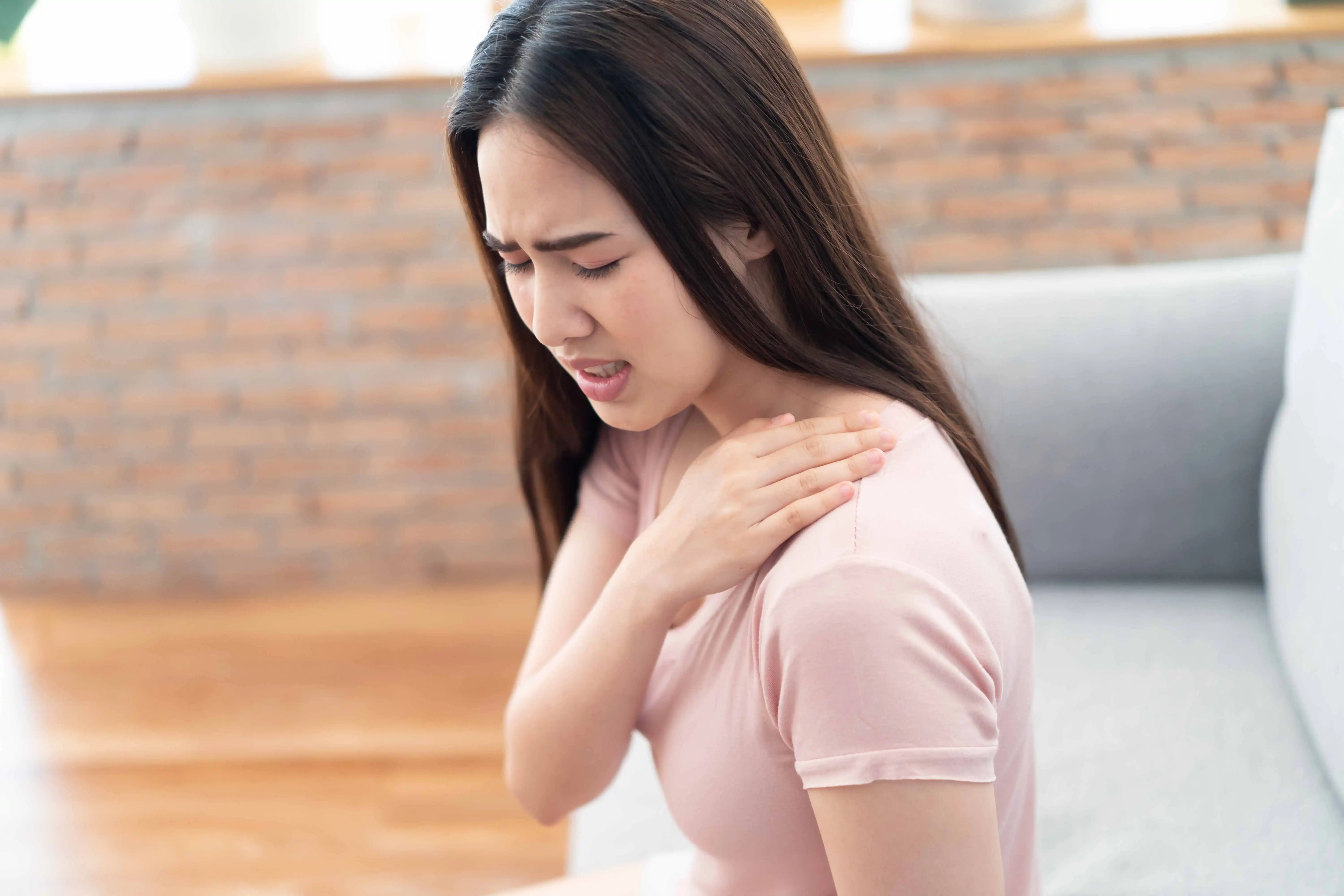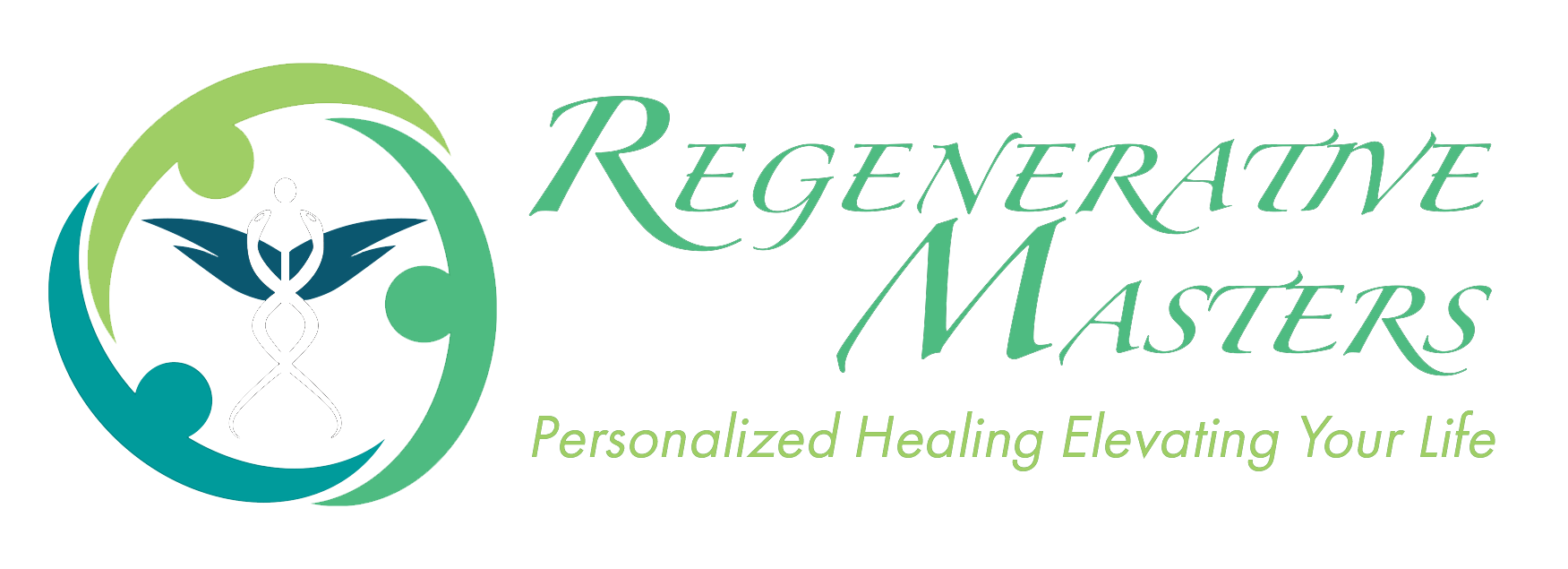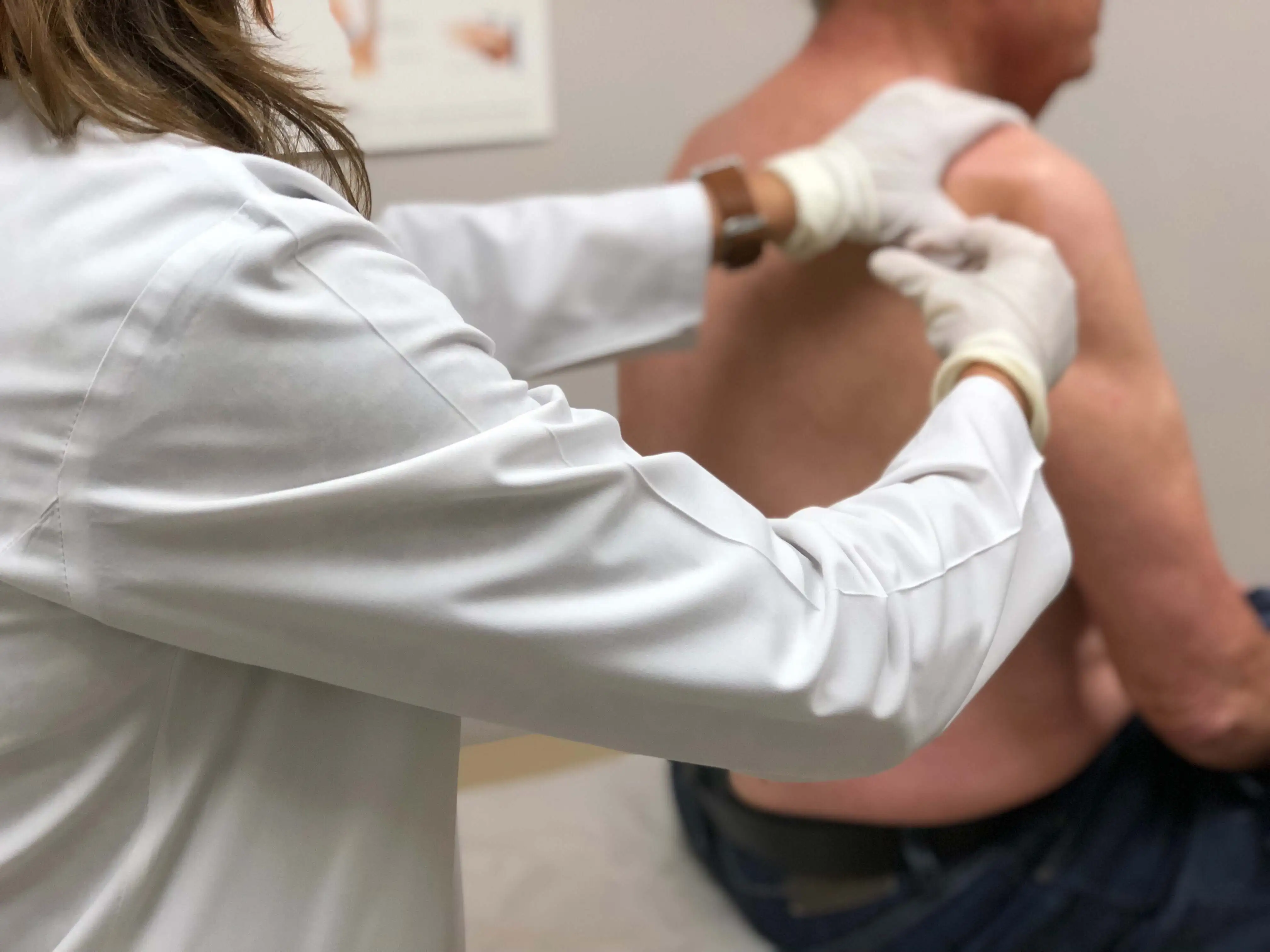What is commonly known as the rotator cuff is a group of muscles and tendons around the shoulder joint. A rotator cuff tear can cause immense pain and compromise your ability to carry out daily tasks. This article explores non-surgical treatment for rotator cuff tears that show promising results.
According to the latest report by data search, over 460,000 rotator cuff surgeries occur in the US annually.
Many see surgery as a convenient solution to a large-scale problem, as approx. 2-3 million Americans experience a rotator cuff tear every year. The comorbidity profile of patients undergoing surgery is becoming complicated as most patients are seniors with conditions like hypertension, vascular diseases, chronic pulmonary disease, etc. This can lead to complications during surgery or long recovery times.
Many seek non-surgical treatment for rotator cuff tears and are exploring regenerative medicine as a better alternative.
Let’s see what a rotator cuff tear is and how important it is to treat and heal it properly.
Non-Surgical Treatment for Rotator Cuff Tears: The Anatomy of a Rotator Cuff Tear
To truly understand how to heal and repair a rotator cuff tear, you must first understand its structure and function.
The shoulder in the human body consists of 3 bones:
- Upper arm bone or the humerus
- Shoulder blade or the scapula
- Collarbone or the clavicle
The shoulder is primarily a ball and socket joint:
- The ball or the head part of the upper arm bone fits into the shallow socket part of the shoulder blade.
- The rotator cuff comprises 4 muscles that act as tendons, covering the head of the humerus bone.
- The rotator cuff connects the humerus bone to the shoulder blade and enables you to lift and rotate your arms.
- The bursa is a lubricating sac between the rotator cuff and the acromion (the bone at the top of the shoulder) that prevents friction.
- This lubricating sac allows the rotator cuff tendons to move freely when we move our arms.
- In case of a rotator cuff tear, i.e., any damage or injury to the tendons, the bursa also becomes inflamed and causes pain.
Non-Surgical Treatment for Rotator Cuff Tears: Types of Rotator Cuff Tears?

Whenever one of the rotator cuff tendons is damaged or torn, the tendon is detached from the humerus either partially or entirely.
Fraying is frequently the first sign of damaged tendons. The tendon may rip entirely as the injury worsens, sometimes when carrying a heavy object.
There are 2 types of rotator cuff tears:
- Partial Tear: As the name suggests, a partial tear does not entirely detach the tendon from the bone. As just a portion of the tendon’s thickness is torn, the damage is called partial. Although it has thinned, the tendon stays connected to the bone.
- Full-Thickness Tear incorporates injuries where the tendon detaches from the shoulder bone:
- Full-thickness incomplete tears occur when the tendon tears entirely, yet just a tiny portion separates from the bone.
- A full-thickness complete tear is one where a tendon entirely separates from the bone. There is a hole in the tendon when there is a full-thickness tear.
What Causes Rotator Cuff Tears?
The 2 leading causes of rotator cuff damage or tears are injury and degeneration or wear-and-tear.
- Injuries or Acute Tears are ones where you damage your rotator cuff by falling on your outstretched arm or lifting anything too heavy with a sudden jerk motion.
You can also get this type of tear with injuries like a dislocated shoulder or broken collarbone.
- Degenerative Tears occur most frequently due to the tendon steadily degrading over time.
The dominant arm—the one you favor using for most tasks—is where rotator cuff tears are more frequent. Even if the opposite shoulder is pain-free, there is a higher chance of developing a rotator cuff tear if you have a degenerative tear in one shoulder.
The factors contributing to degenerative tears or wear-and-tear of the tendons are as follows:
- Repetitive Stress On the Shoulder: Your rotator cuff muscles and tendons become overworked if you repeatedly use the same shoulder motions. Activities like weightlifting, baseball, tennis, rowing, etc., can all put you at risk for Overuse Tears.
Overuse tears can also result from doing numerous repetitive tasks and professions like painting, woodwork, etc.
- Poor Blood Supply Due to Aging: The blood supply to the rotator cuff tendons reduces as we age. This impairs the body’s natural ability to repair tendon damage and leads to tendon tears and severe inflammation and pain.
People who are 40 and above are at greater risk of wearing down their tendons, while most young people get tendon tears due to trauma or injuries.
Athletes and professional players like tennis players and baseball pitchers perform the same actions repeatedly and often develop overuse tears. Artists, carpenters, construction workers, and those who do overhead work also risk degenerative tears.
Some Common Symptoms of Rotator Cuff Tears are

- Pain in the affected shoulders even when at rest and if you’re lying down on the affected shoulder.
- Pain with certain activities or when you elevate and lower your arm.
- Difficulty and weakness when raising or rotating your arm.
- Crackling sensation on shifting your arm to specific positions.
- Tears caused due to traumatic injury are accompanied by pain, a snapping sensation, and immediate weakness in your upper arm.
- Slow-developing tears also cause pain and arm weakness due to overuse. You may experience shoulder pain that travels down your arm when you elevate it.
Over time, this pain may intensify and make daily tasks like even reaching out for a can of coffee from the shelf or combing your hair difficult.
If you have experienced any of the symptoms mentioned above, you should see a doctor immediately for an official diagnosis. The doctor will conduct a detailed physical examination and ask for X-rays, MRI, or ultrasound imaging to confirm the diagnosis.
Factors Determining Non-Surgical Treatment for Rotator Cuff Tears
The treatment prescribed for a rotator cuff tear depends on various factors, including:
- Age and activity level
- General health and pre-existing conditions
- The type of rotator cuff tear
Surgery can lead to complications, especially in elderly patients with pre-existing conditions, and that’s why 80 to 85% of cases are resolved using a non-surgical treatment for rotator cuff tears:
- Rest: It’s critical to stop exerting your frayed or torn tendon by giving them a break and allowing the body to start the process of healing. That’s why tennis pros have to sit out entire seasons.
- Avoid Activities that cause shoulder pain.
- Nonsteroidal anti-inflammatory drugs or NSAIDs like ibuprofen, aspirin, and naproxen can reduce pain and swelling.
- Strengthening Exercises and Physical Therapy.
- Steroid or Cortisone Injections: If none of the above treatment options work for you, you may need a shot of a local anesthetic combined with a cortisone shot that is an effective anti-inflammatory medicine.
These injections provide pain relief in approx. 2/3rds of patients for approx. 3 months.
How Do Regenerative Masters Offer Non-Surgical Treatment for Rotator Cuff Tears

At Regenerative Masters, our regenerative medicine specialist, Dr. Hanson, is highly experienced in treating rotator cuff tears and pays special attention to the neurologic dysfunction and abnormal stress caused by pain and degeneration in the neck.
According to Dr. Hanson, these conditions occur in more than 50% of the patients he has treated with rotator cuff pathology over the last 12 years. This underlying cause isn’t assessed correctly and treated as part of rotator cuff injuries. Other forms of treatment, including surgery, are likely to either be unsuccessful or lead to recurring issues.
In our regenerative model of non-surgical treatment for rotator cuff tears, we consider all the factors that caused the rotator cuff tear:
- Neck dysfunction
- Nerve impingement
- Arthritis
- Posture, poor motion, alignment, etc.
- Scarring within fascia planes, etc.
Apart from these factors, as discussed, the overall health of the different body parts is interrelated. Consequently, the immune system, endocrine system, medications, supplements, and even mood can affect function, motion, and structure, leading to injuries and tears.
Schedule an Appointment with the Healing Experts at Regenerative Masters in Mahtomedi, MN, Today!
At Regenerative Masters, we’re a team of 8 medical experts who collaborate and integrate their knowledge to heal your body and help you live your best.
https://www.youtube.com/watch?v=0p0sFgVqdV4&t=38s
Dr. Hanson, our primary physician, has developed a highly-successful non-surgical treatment for rotator cuff tears and pain that ensures holistic healing.
Get freedom from the rotator cuff tear pain by booking an appointment with Regenerative Masters today!

